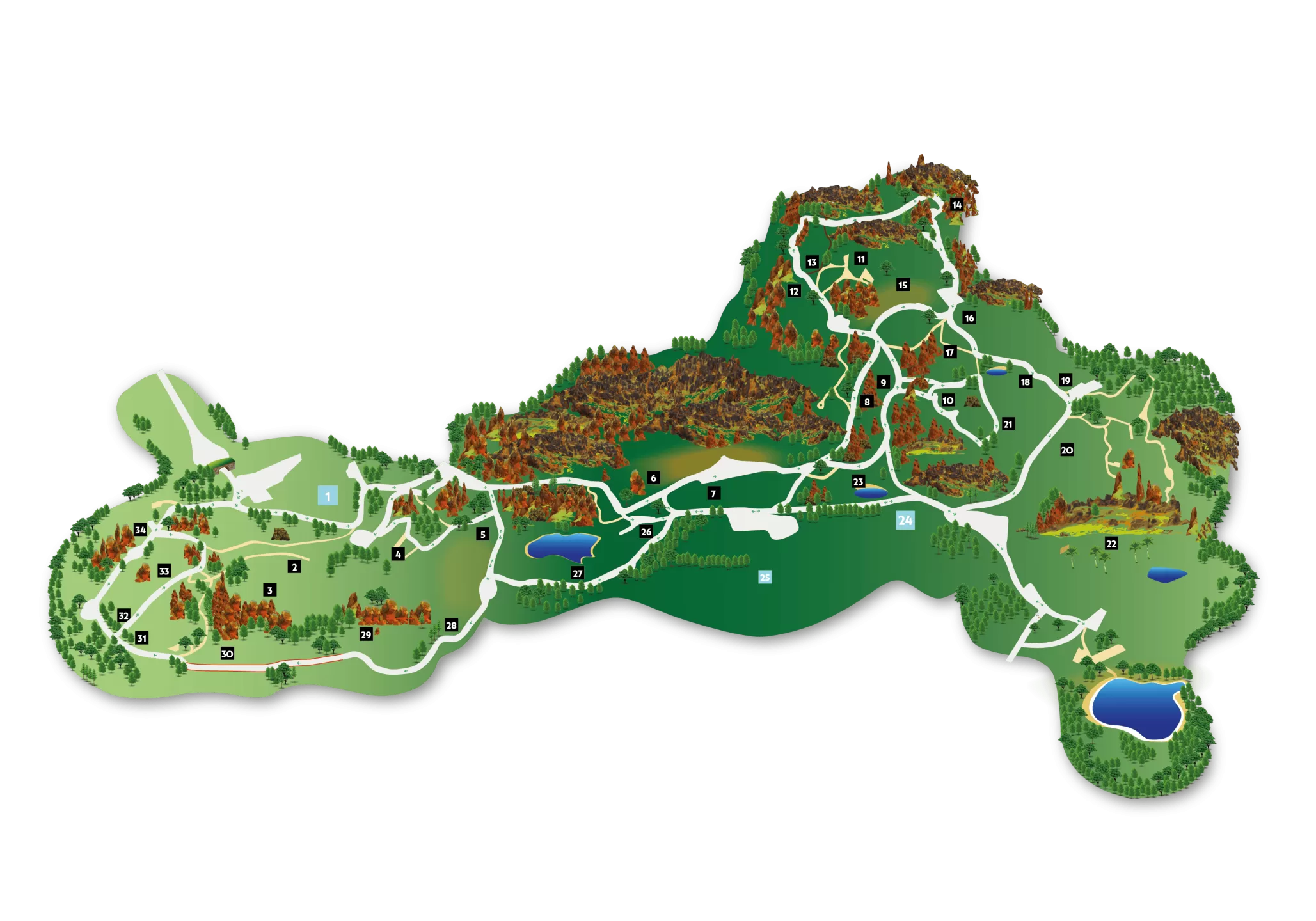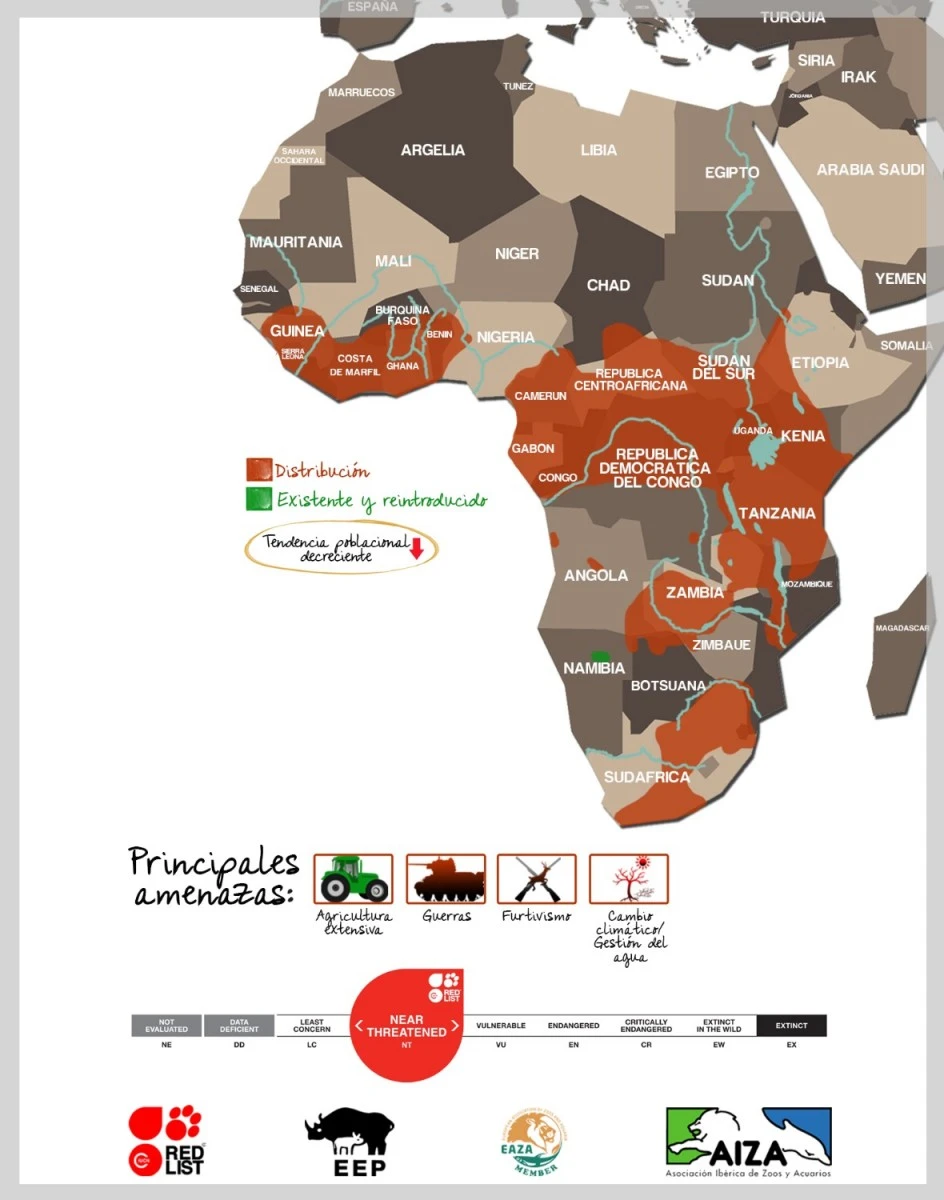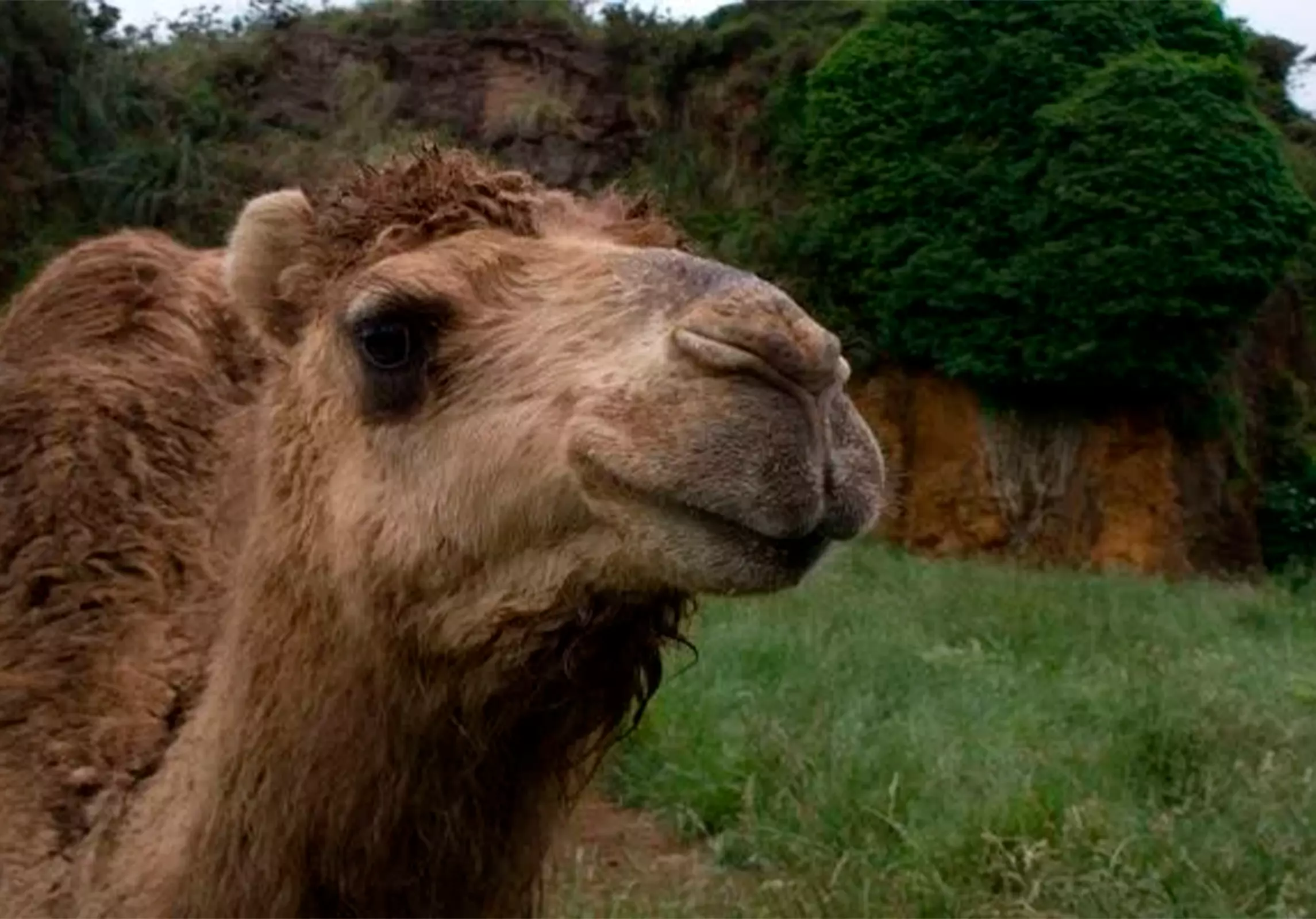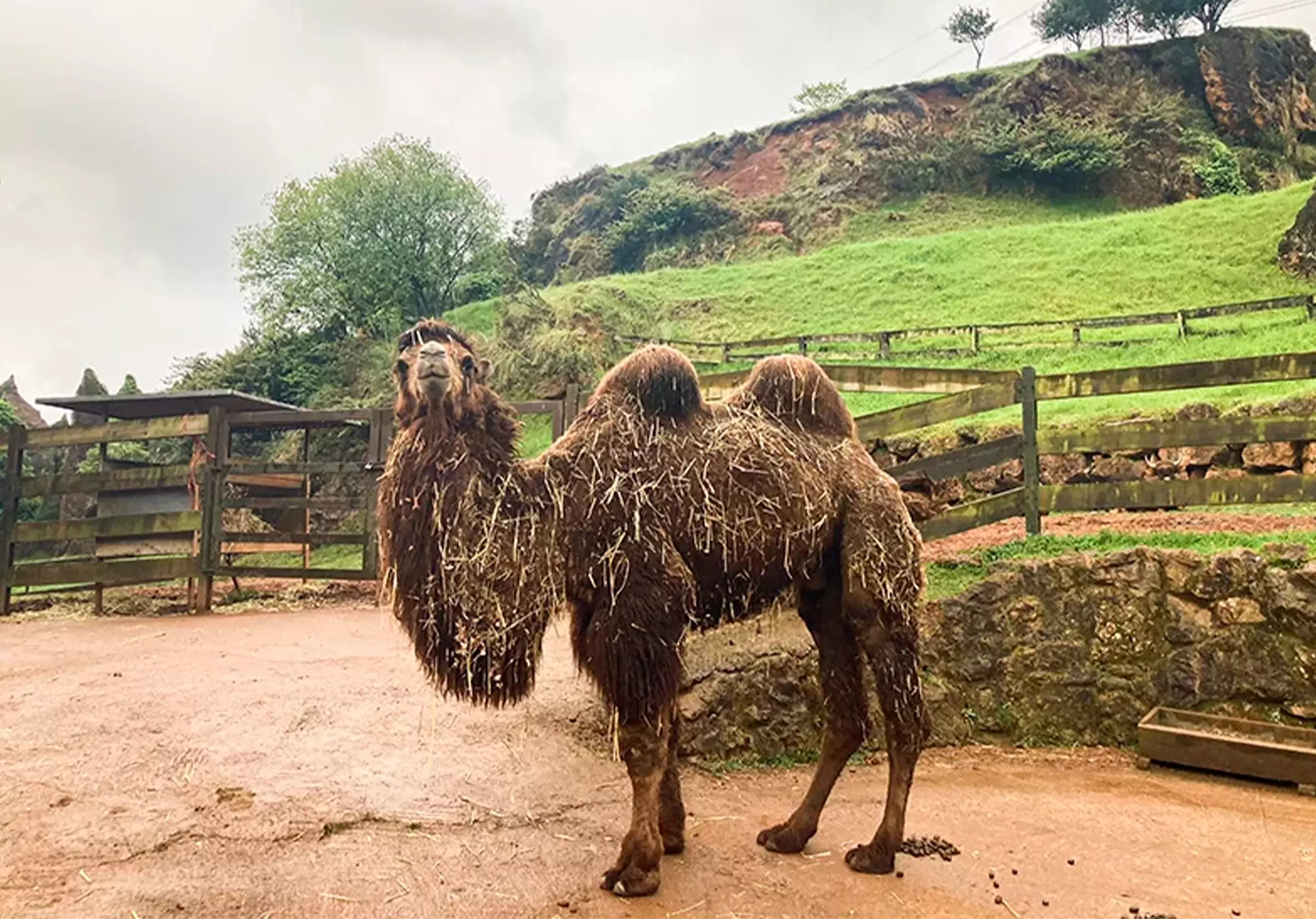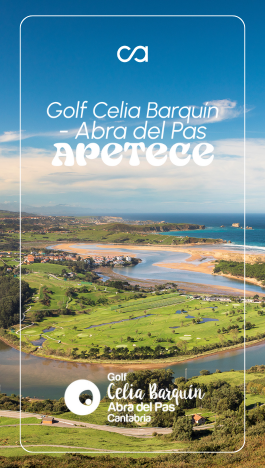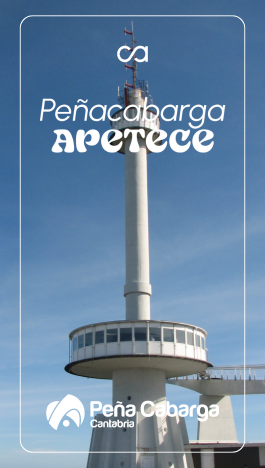
The Bactrian camel stands out for its imposing figure, being one of the most spectacular representatives of the camel family. It is the only two-humped camel of the Old World that, although in grave danger of extinction, survives in the wild. Currently, it is only found in the border region between Western China and Mongolia.
This mammal is one of the best adapted to extreme climates. Capable of withstanding the drastic temperature variations of the desert, resisting temperatures above 38°C (100.4°F) without dehydrating. Its thick fur allows them to resist the cold winter, and during spring, they undergo a molt that leaves the animal with a shorter, more comfortable coat to face the desert heat.
It has been crucial for human survival. Domesticated camels provide hide, milk, and fuel (their excrement is used to make fire), and their ability to go for long periods without food or water makes them the ideal means of transport for long desert journeys. After long periods of drought, they can drink up to 50 liters of water in a short period, and in exceptional cases can reach up to 80 liters.
In 2002, this species was classified as endangered due to increasing human competition for resources and economic pressure on its habitat. The remaining herds are subject to hunting, primarily to avoid competition for water and food with livestock and domesticated camels.
The International Commission on Zoological Nomenclature (2003) decided that the scientific name of this wild species is Camelus ferus, while the domesticated form is classified as Camelus bactrianus.
Since its inclusion in Cabárceno Park, conservation efforts have shown positive results. In 2013, the first successful breeding of a Bactrian camel was achieved in the Park, marking an important milestone for the preservation of this emblematic species.

